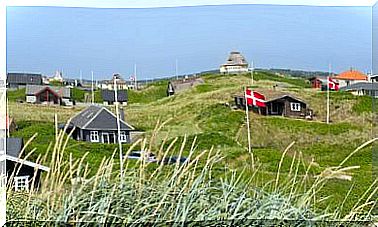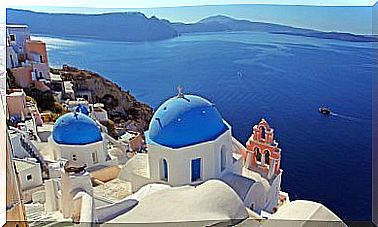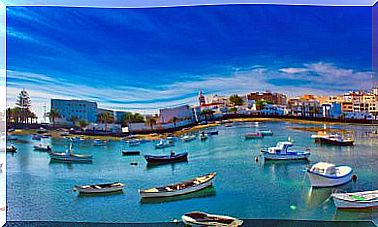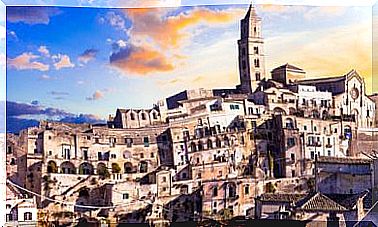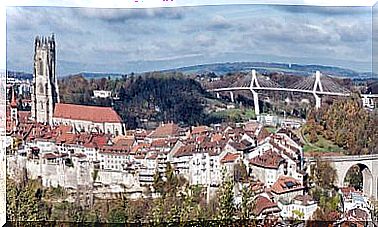A Visit To The Reina Sofía Museum In Madrid
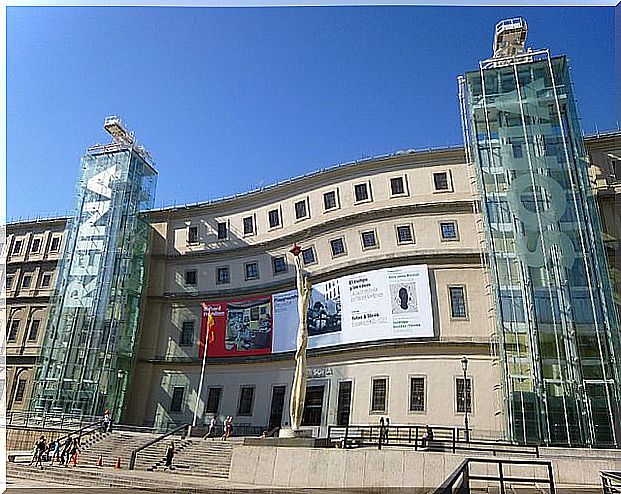
The Reina Sofía Museum, the Prado Museum and the Thyssen Bornemisza Museum constitute a triad that few cities in the world can boast about. And all at a short distance and in the heart of Madrid. All three have fascinating art collections, but right now we are going to stop at the Reina Sofía Museum .
The history of the Reina Sofía Museum
The first thing to say is that its official name is Museo Nacional Centro de Arte Reina Sofía, which means that many times in writing you can find it as MNCARS, or the most common thing is to hear its popular name and that it has from its origins: Museo Reina Sofía.
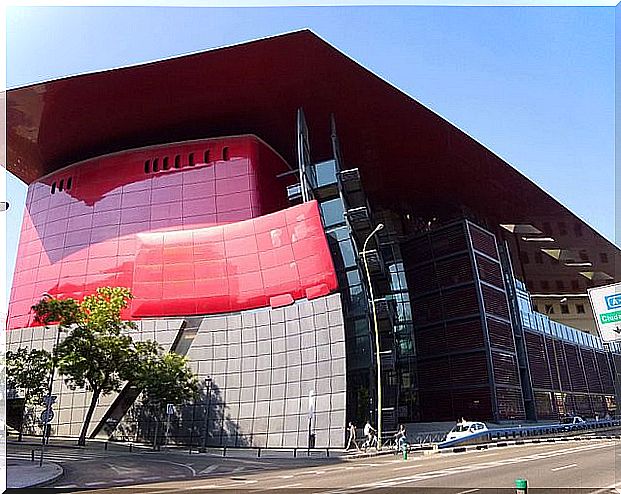
This museum opened to the public in 1992, although the building that houses it is much older. And it is that this building was the General Hospital of Madrid, built in neoclassical style during the eighteenth century. A work designed initially by José de Hermosilla and continued later by Francisco Sabatini.
So the contrast is most suggestive between these academic forms and the reforms that have been carried out lately, such as the modern Nouvel building at the back. And to this we must add the great collection of contemporary art that it treasures.
The Reina Sofía Museum collection
Composed of some 21,000 pieces, the Museo Reina Sofía collection allows us to review the entire history of 20th century Spanish art. And for this reason, the route has been divided into three different floors and is grouped into three chapters of our recent history.
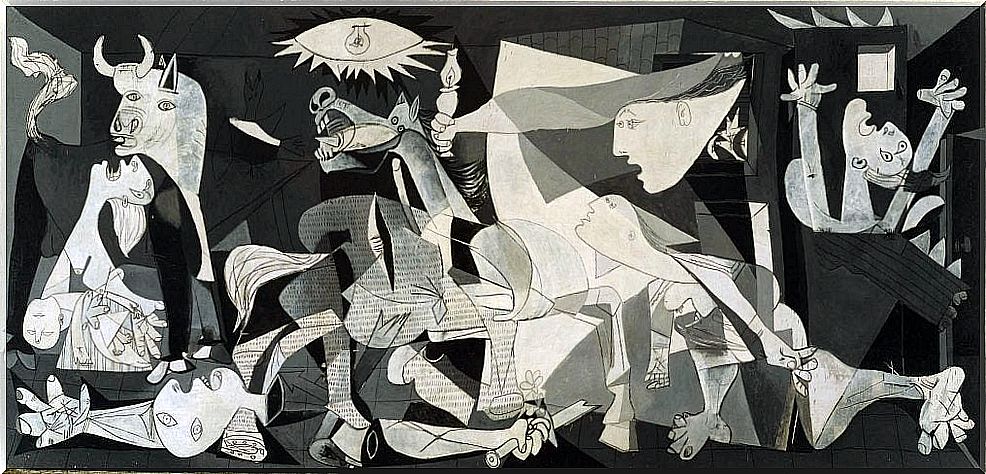
The first of them presents works framed between the year 1900 and 1945. A period in which some of the great masters of all time emerged, such as Salvador Dalí and, above all, Pablo Picasso, whose Gernika masterpiece captures the interest of all visitors to the Reina Sofía Museum.
The next chapter of the tour takes us to the period from 1945 to 1968, a phase of history in which art has the most varied presentations, from absolute abstraction to hyper-realism.
And finally, the artistic itinerary takes us to the moments in which art merges with that political moment that in Spain means the end of the dictatorship and the arrival of democracy.
How you can visit the Reina Sofía Museum
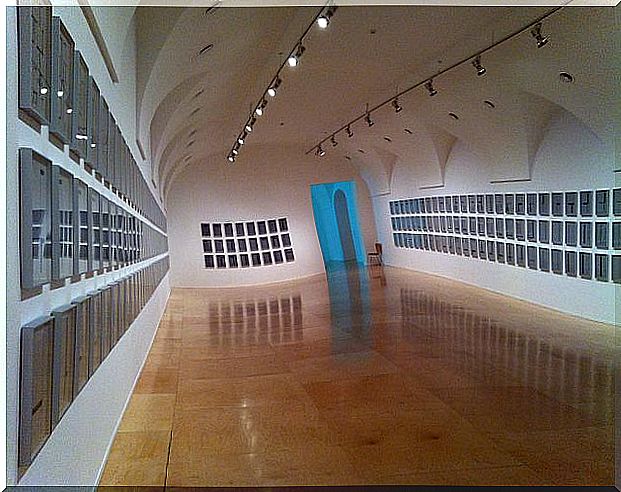
There are several ways to visit the museum. The simplest is the individual entrance, for which it is only necessary to go to the ticket office and acquire the entrance ticket.
But then there are other formulas, such as group visits or commented visits. In both cases you have to book in advance. And if you opt for commented visits, it can be very interesting, since they are personalized visits to both the permanent collection and the temporary exhibitions that are programmed here.
The museum’s cultural program
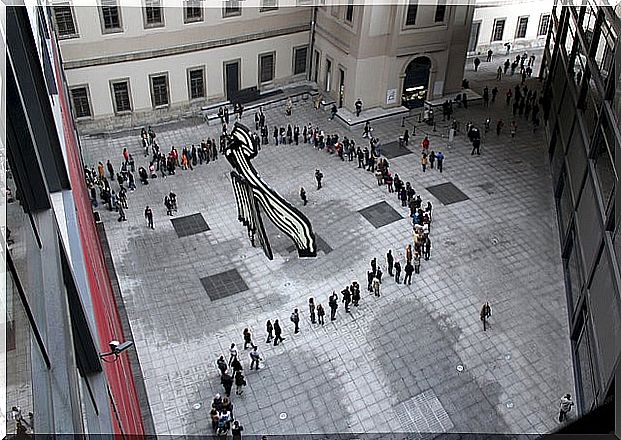
The Reina Sofía not only promotes temporary exhibitions of contemporary art. There are also many other acts in its facilities. From concerts to theatrical performances, film screenings, meetings with artists or book presentations.
Therefore, the best advice we can give you is to check its schedule during your next trip to Madrid, since it is very easy for the Reina Sofía Museum to host an event of your interest, and it would be a shame to miss it.
At the moment we are giving you the address so that you can come to see his permanent collection with Gernika in front of it. You will find it on Calle Santa Isabel, 52, very close to the Atocha station and Paseo del Prado. Of course, the tour of this museum must be complemented with a visit to the other two vertices of the Art Triangle.
